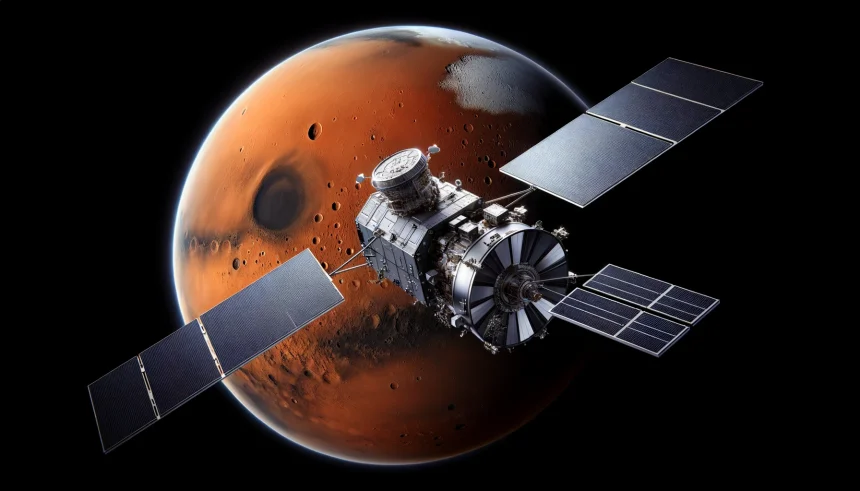Advancements in gravitational wave astronomy are set to refine our understanding of the Milky Way’s central black hole, Sagittarius A*. By utilizing upcoming observatories like LISA, scientists aim to achieve unprecedented precision in measuring both the mass and spin of this supermassive entity. These developments could shed light on the dynamics at the galaxy’s core and enhance our knowledge of black hole physics.
Earlier gravitational wave detectors were confined to identifying events involving stellar-mass black holes and neutron stars, limiting the scope of cosmic phenomena that could be explored. The introduction of space-based observatories like LISA will broaden this reach, allowing the observation of extreme mass-ratio inspirals near supermassive black holes such as Sagittarius A*. This evolution represents a significant expansion in our ability to study the universe’s most massive objects.
Precision Measurements with LISA
The upcoming Laser Interferometer Space Antenna (LISA) is poised to enhance the sensitivity of gravitational wave detection by several orders of magnitude. This increased sensitivity will enable the observation of the subtle gravitational waves produced by brown dwarfs orbiting Sagittarius A*. As a result, astronomers will be able to determine the black hole’s mass with an extraordinary accuracy of better than one part in a million and assess its spin with high precision.
Role of Brown Dwarfs in Black Hole Studies
Brown dwarfs, occupying the mass range between planets and stars, serve as ideal probes for studying the gravitational environment around Sagittarius A*. These objects, though significantly less massive than the black hole itself, engage in complex gravitational interactions that generate detectable gravitational waves. By monitoring these interactions, researchers can extract detailed information about the black hole’s properties, including its mass and rotational dynamics.
Impact on Understanding Galactic Dynamics
Accurate measurements of Sagittarius A*’s mass and spin are crucial for comprehending the overall dynamics of the Milky Way’s center. These insights can influence our understanding of stellar motion, the distribution of dark matter, and the processes governing galaxy evolution. Furthermore, such precise data will inform theoretical models of black hole growth and their influence on surrounding celestial structures.
The integration of enhanced gravitational wave observatories like LISA is set to significantly improve our understanding of supermassive black holes by providing highly accurate measurements. Utilizing brown dwarfs as gravitational probes enables scientists to determine the mass and spin of Sagittarius A* with exceptional precision. This advancement deepens our comprehension of the Milky Way’s central black hole and lays the groundwork for further explorations in black hole physics and galactic dynamics.










